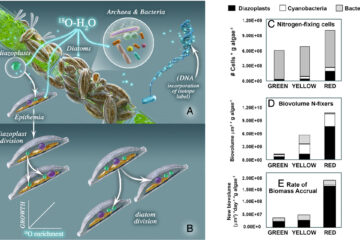Combining and comparing multiple serial dilution assays of particles in solution: application to brucellosis in elk of the Greater Yellowstone Ecosystem
The concentration detection threshold (CDT) is the concentration of particles in solution beyond which a (serial dilution) assay detects particle presence. By our account, CDTs typically are not estimated but are fixed at some value. Setting a CDT to zero (d=0d=0) implies perfect detection, a common assumption, and setting d>0d>0 gives results that are “denominated” in units of dd, i.e., are relative to the choice of dd. Using multiple, different serial dilution assays, each with its own CDT, we choose a “reference assay,” to which we assign a fixed CDT value, to obtain relative estimates of the remaining assays’ CDTs and the underlying particle concentration. We present the CDTs as a novel way to account for or to compare different serial dilution assays, “sensitivities”. We apply our methodology to data from four assays of the presence of bacterial (B. abortus) antibodies in the serum of elk in the Greater Yellowstone Ecosystem, where transmission of brucellosis—the disease ensuing from infection—to commercial livestock is managed by the Wyoming Game and Fish Department to avoid the primary symptom of abnormal fetal abortion. Results agree qualitatively with the more traditional notion of sensitivity as the true positive rate.


